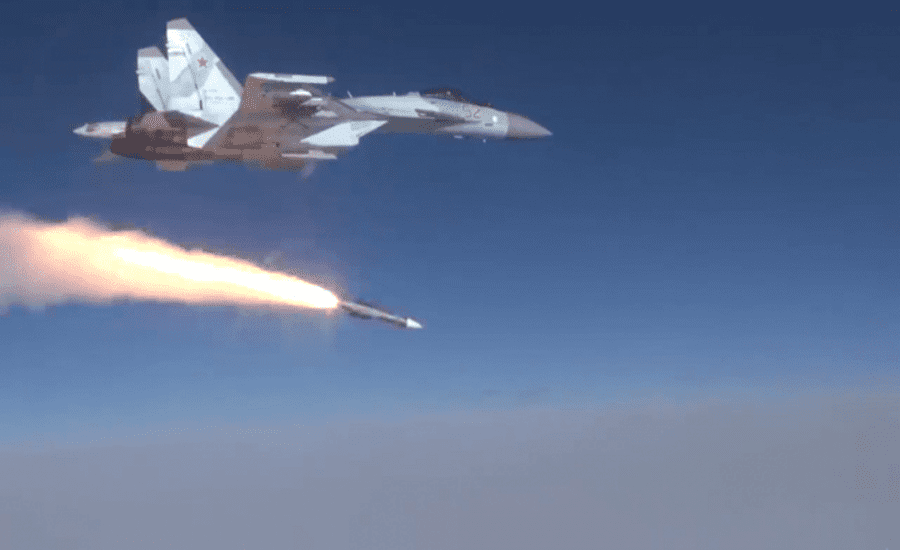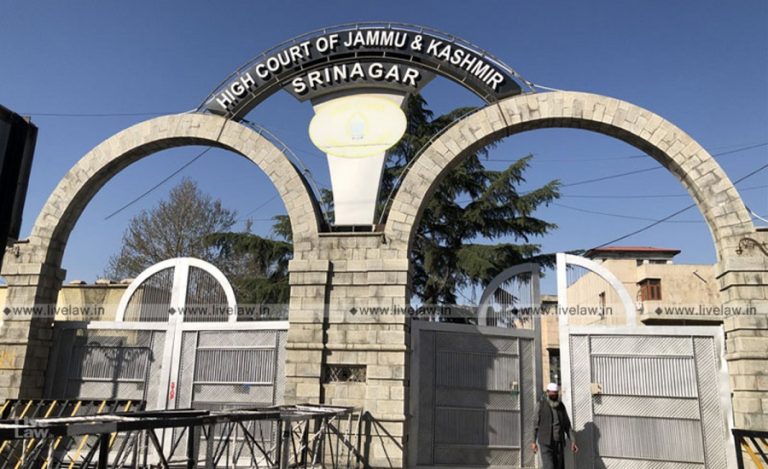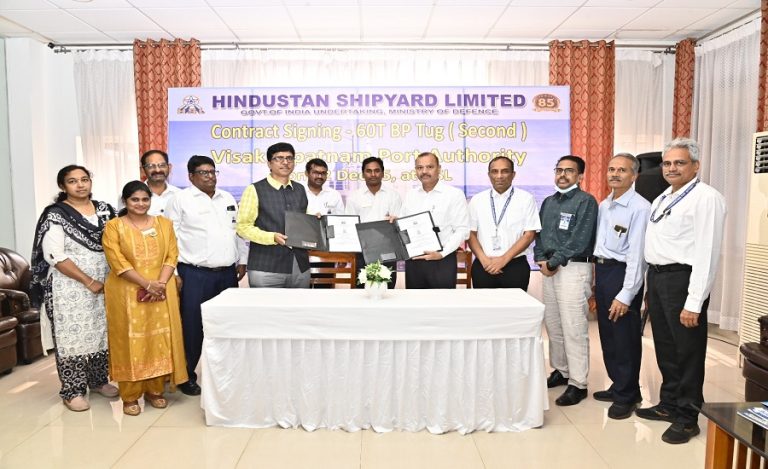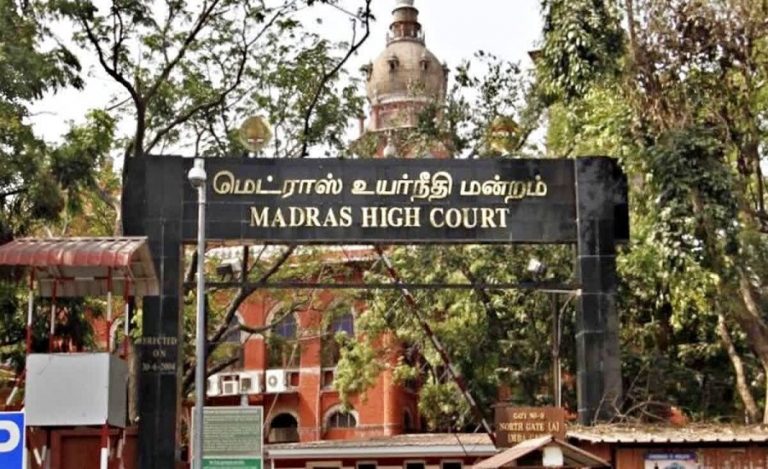Moscow/ New Delhi: India today finds itself in a rapidly evolving aerial threat environment, with peer competitors advancing long-range missiles and sensor systems. To match this, the Indian Air Force (IAF) has been actively seeking ultra-long-range air-to-air missiles (AAM) to pair with its frontline Su-30MKI fleet.
Enter the R‑37M “Axehead” missile (also referred to as Axehead), developed by Russia’s Tactical Missiles Corporation (KTRV). According to defence-industry sources, India and Russia have formally opened negotiations for its procurement.
This move aligns with India’s broader drive to maintain credible air superiority and deterrence posture, especially across sensitive fronts and given the growing capabilities of adversary air forces. As one analysis put it, the deal is not just about a missile – it’s a strategic signal.
What the Talks Entail
Senior defence officials from both India and Russia are leading negotiations for the deal.
The R-37M is reportedly capable of engaging aerial targets at ranges exceeding 300 km with speeds up to Mach 6, featuring an active radar seeker and inertial mid-course guidance.
Integration challenges are acknowledged: the missile’s size and weight will require structural and avionics adaptations on the Su-30MKI to exploit the full missile capability.
Read also: 114 Fighters, One Mission — MoD Pushes for 100% Indian Involvement in IAF MRFA Project
The procurement may include technology transfer provisions and may leverage the “Make in India” framework via collaboration between Russian and Indian aerospace firms.
Why It Matters
1. Strategic Reach Enhancement: With the R-37M in the armoury, the IAF’s Su-30MKIs would gain the ability to target high-value adversary assets—such as AWACS, tankers, bombers—well beyond visual range, and deep into contested airspace. This represents a significant boost in deterrence capability.
2. Regional Air-Power Dynamics: In the broader South Asian and Indo-Pacific theatre, adversary air forces are rapidly equipping longer-range missiles. India’s acquisition helps to keep pace and secure its air-domains. One report commented that the missile “can strike fear into India’s enemies”.
3. India-Russia Defence Cooperation: This deal signals deepening defence ties between New Delhi and Moscow, at a time when global sanctions and supply-chain pressures are reshaping arms trade. India’s trust in Russian missile systems is underscored.
4. Operational Impact for IAF: Once inducted, the missile could help transform the IAF’s Su-30MKI fleet into what some analysts term a “Super Sukhoi” – combining advanced radars, long-range missiles and networked sensors to dominate the air domain.
Key Technical & Integration Details
Missile Performance: range 300 km+ (in optimal conditions), speed above Mach 6, dual-pulse solid-fuel motor, active radar seeker.
Integration Challenges: Requires structural modifications on Su-30MKI (hard-points, pylons), software upgrades for radar/fire-control systems, data-link integration, and test-firing regimes.
Timeline & Supply: While full contract details are pending, early supply may commence within ~12 months of contract finalisation.
Way forward
The immediate step is contract finalisation and signing of the deal between India and Russia.
Read also: India’s Ultimate Sky Spy: NETRA Mk-2 to Detect Threats 500 km Away Before They Strike
Following that, integration work: structural modifications, avionics updates, flight test campaigns.
Gradual induction into frontline squadrons of Su-30MKI jets, likely beginning with critical bases and units. Simultaneous build-up of training, logistics and support infrastructure to enable full operational capability.
Risks & Considerations
The integration is technically complex, meaning delays are possible.
- Cost escalations could occur given the advanced nature of the missile and the structural upgrades needed.
- Regional adversaries may respond with counter-measures / advanced systems of their own, escalating the arms race.
- India must balance this procurement with indigenous missile development programmes to ensure long-term self-reliance.
The Bigger Picture
The initiation of these talks comes amidst multiple parallel defence developments: broader procurement of long-range air-defence systems such as S‑400 Triumf from Russia, joint manufacturing proposals, and India’s push under the “Atmanirbhar Bharat”/Make-in-India paradigm.



























